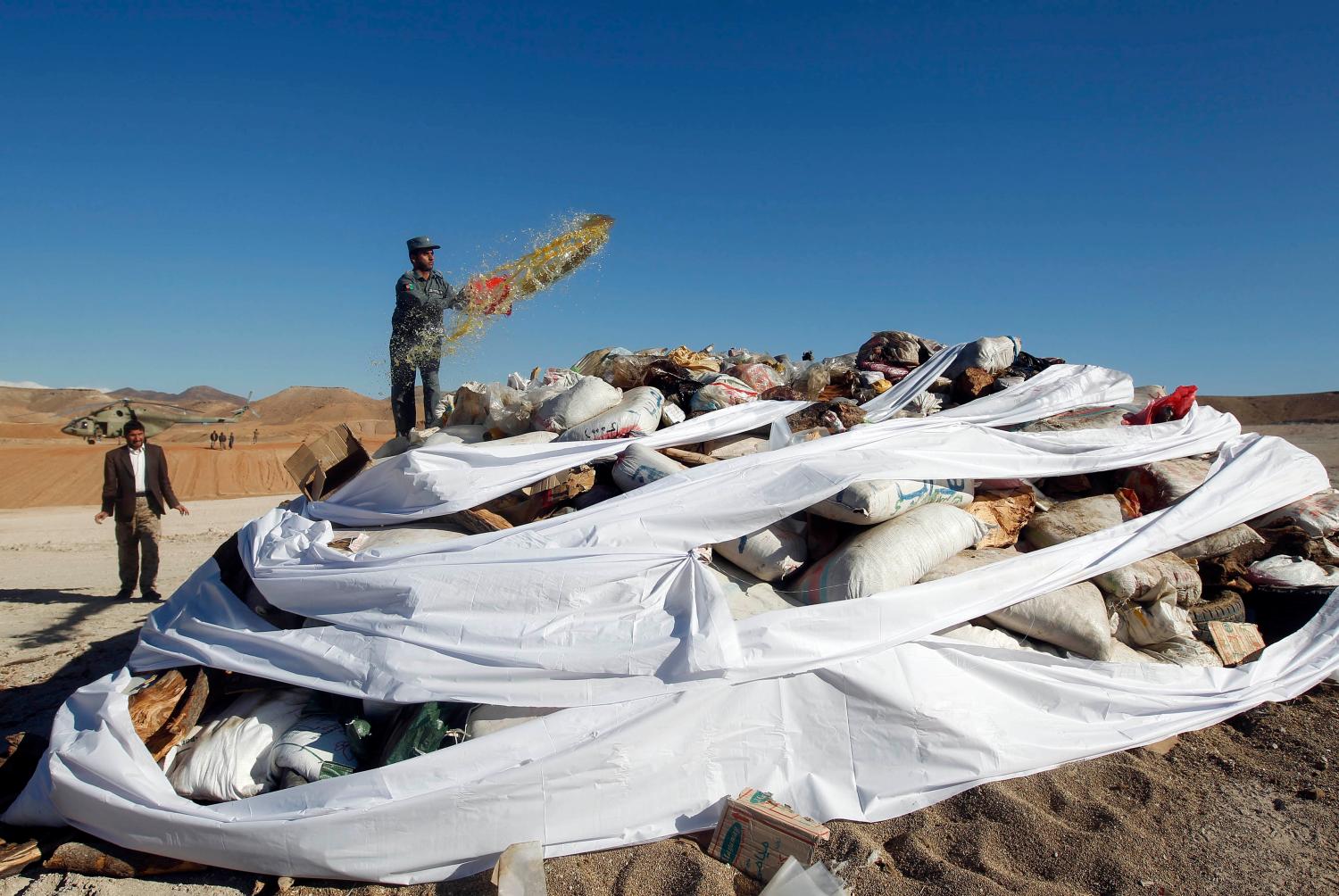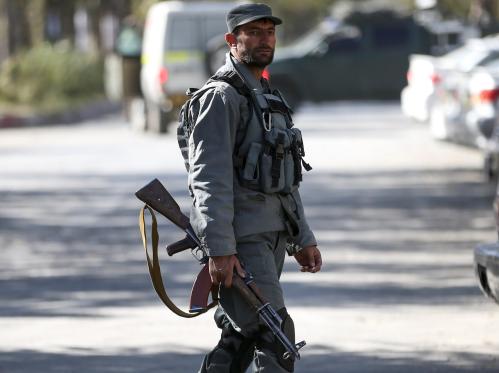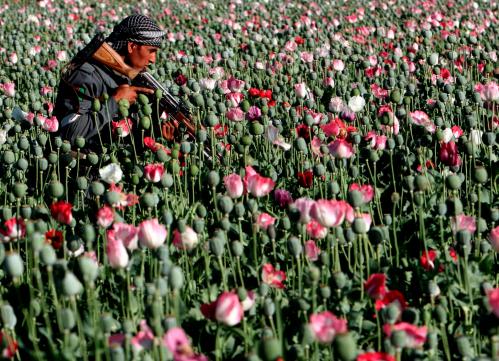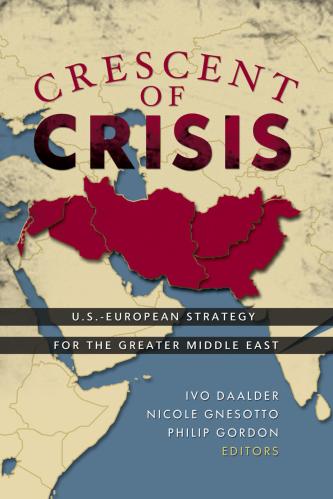Editor’s note: The following excerpt introduces a book chapter produced by Vanda Felbab-Brown for the Center for Complex Operations volume,
Convergence: Illicit Networks and National Security in the Age of Globalization
, published in April 2013. In this chapter, Felbab-Brown analyzes U.S. counternarcotics policies in Afghanistan since 2001, how the Obama administration broke with the dominant counternarcotics framework, and the potentially problematic side effects of counternarcotics success.
Since 2001, Afghanistan has become synonymous with the narco-state and the spread of crime and illegality. In 2007 and 2008, the Afghan drug economy reached levels unprecedented since at least World War II. Although the drug economy has declined since, the decrease has largely been driven by the saturation of the global drug market and by poppy crop disease rather than the policies of the international community and the Afghan government. Although several other illicit economies thrive in Afghanistan including the smuggling of legal goods, narcotics receive by far the most attention because they generate the largest profits and the greatest international opprobrium.
Narcotics production and counternarcotics policies in Afghanistan are of critical importance not only for drug control there and worldwide, but also for security, reconstruction, and rule-of-law efforts in Afghanistan. Unfortunately, many of the counternarcotics policies adopted after 9/11 not only failed to reduce the size and scope of the illicit economy in Afghanistan but also had serious counterproductive effects on peace, state-building, and economic reconstruction.
In 2009, the Obama administration wisely decided to scale back eradication efforts in Afghanistan, courageously breaking with 30 years of counternarcotics policies that focused on ineffective forced eradication of illicit crops as a way to reduce the supply of drugs and to bankrupt belligerents. But the effectiveness of its counternarcotics policies there—interdiction focused on Taliban-linked traffickers and alternative livelihoods efforts—has been challenged by implementation difficulties and is ultimately dependent on major progress in improving the security situation and governance in Afghanistan. As of fall 2011, governance in Afghanistan had been steadily deteriorating, with corruption and ethnic tensions rising and political patronage networks becoming more exclusionary, while any security improvements following the 2010 U.S. military surge remain extremely fragile. A civil war post-2014 remains a very likely outcome, with the corollary thriving of the drug trade.
This chapter first details the evolution of U.S. counternarcotics policy in Afghanistan since 2001, situating the changes in the policy within two conceptual frameworks. Next, it describes how the Obama administration broke with the dominant counternarcotics framework in an attempt to synchronize counternarcotics policies with its counterinsurgency efforts. That section also analyzes the implementation challenges President Barack Obama’s counternarcotics strategy encountered—from the side effects of its interdiction focus, to poor governance and the inability to decide whether and how to combat broader corruption in Afghanistan, to defining alternative livelihoods efforts as narrow buying support programs rather than long-term sustainable development. Next, the chapter considers the likely security and political conditions in Afghanistan after a reduction in U.S. combat forces there in 2014. Subsequently, it explores two oft-ignored but potentially problematic side effects of any future counternarcotics success in Afghanistan: what illegal economy may replace the opium poppy economy if it is reduced, and where the opium poppy economy is likely to shift. In conclusion, the chapter offers broader lessons for dealing with illicit economies in the context of counterinsurgency and state-building.
The Brookings Institution is committed to quality, independence, and impact.
We are supported by a diverse array of funders. In line with our values and policies, each Brookings publication represents the sole views of its author(s).










